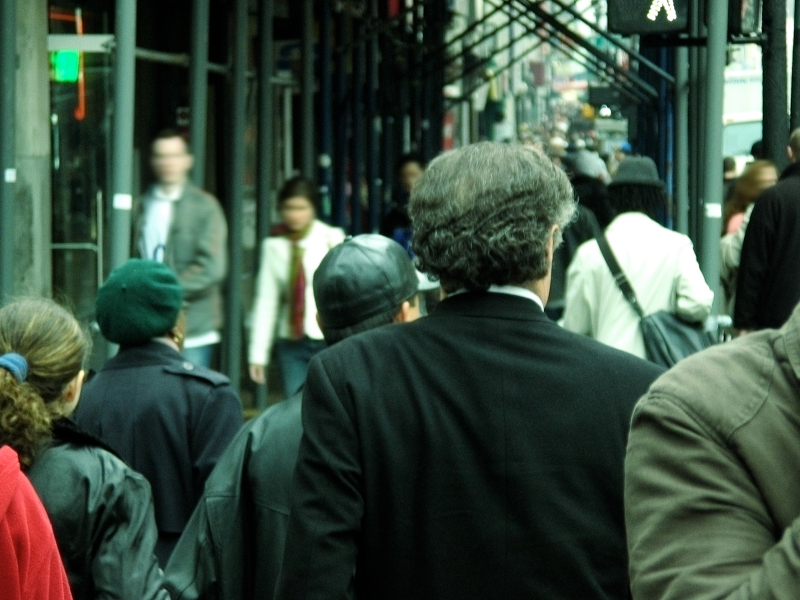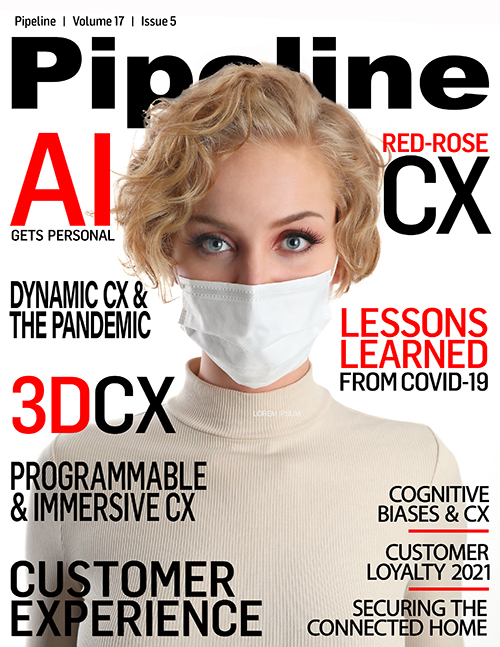3DCX: A Truly Hands-Free Future
By: George Brostoff

It’s hard to believe that it’s been a year since everything that we knew about the world went sideways. In early March 2020, people in North America were living their “normal” lives, but in less than two weeks everything changed as the COVID-19 pandemic went from an abstract concept to a daily reality in the United States. Offices closed. Stores shuttered their doors. Bustling downtowns became ghost towns overnight. Public transit systems went from crowded to empty in the blink of an eye.
It’s not an exaggeration to say that the last year has been unlike anything we have seen in our lifetime. And despite vaccines, it’s safe to say that we will not be going back to the way that life was prior to the pandemic. New technologies will be needed to support the way that we will live moving forward.
A wide range of industries, including retail, hospitality and commercial real estate, are facing real challenges because of COVID-19. In many cases, these challenges are quite literally existential: the number of companies that have closed in the last year is stupefying. And even with the availability of a vaccine, it’s unclear what the future will bring. But the one thing that everyone knows is that once things get back to normal, they will still be far from what we’ve always thought of as “normal.” That’s where secure, private facial-recognition technologies can play a big role in reducing the likelihood of illness — and in creating peace of mind for travelers, employees, and people in their homes.
Let’s look at a basic activity like going to a business meeting. Until a year ago, it was something that we all did without a care in the world. Then, because of the virus, everything completely changed. Instead of moving freely through public spaces, we were advised to remain as physically isolated from other people and inanimate objects as possible. For the last 12 months, the simple act of going into an office building has been the equivalent of wandering through a minefield wearing a blindfold. That’s because everything about going into an office represents a potential health hazard.
Keep your hands to yourself
Before the pandemic, you probably touched five to 10 different surfaces between the front door and the conference room. This includes the front door handle, the wayfinder kiosk, the sign-in pad, the elevator up button, the floor button in the elevator, the door to the upstairs private lobby, and the upstairs reception tablet. And each one of these surfaces is regularly touched by hundreds of people every single day. This may have been fine prior to COVID-19, but it presents unacceptable risks during a pandemic because no amount of cleaning can keep these areas safe. As soon as they are disinfected, a whole new group of people repeats the process.





















